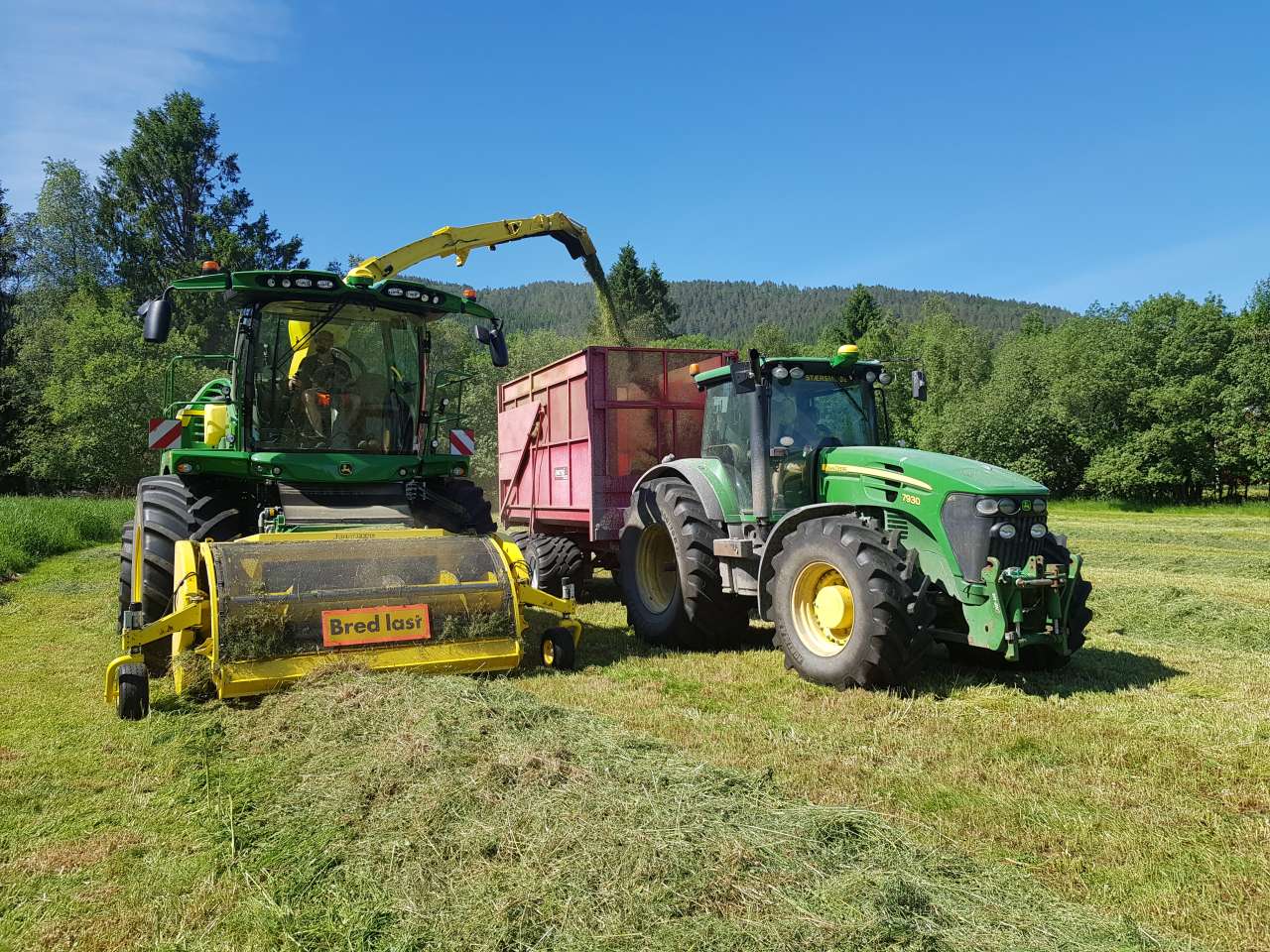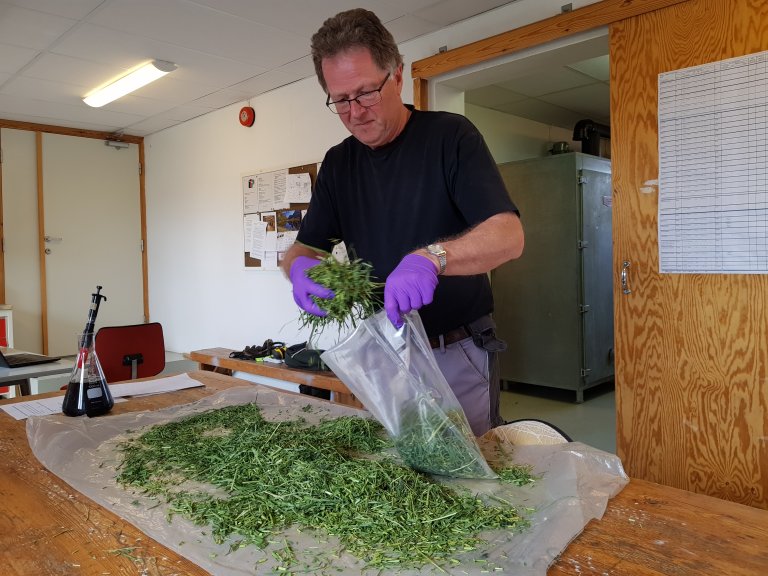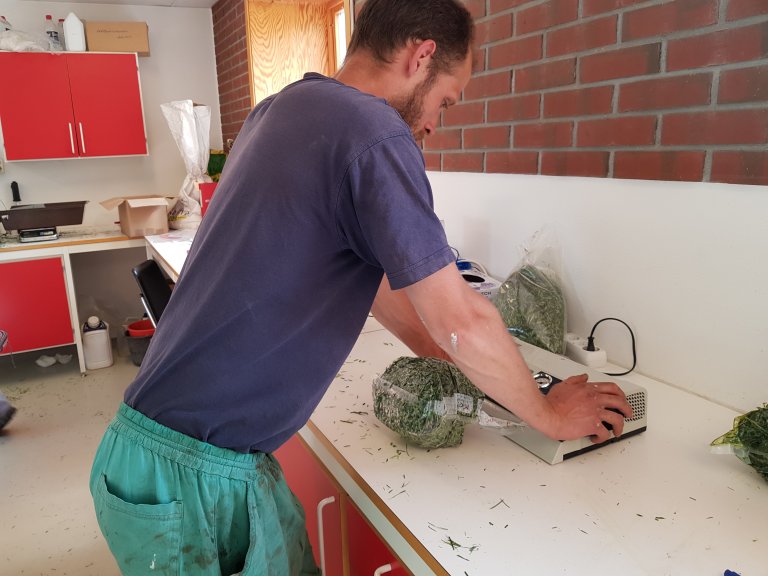Division of Food Production and Society
Strategies in grass silage production to mitigate enteric CH4 emissions from ruminants

End: jul 2023
Start: aug 2019
The overall aim of the project is to develop strategies grass silage production that reduce enteric methane emissions in ruminants
More information
KlimaGrovfôr

| Start - end date | 01.08.2019 - 31.07.2023 |
| Project manager at Nibio | Ola Flaten |
| Division | Division of Food Production and Society |
| Department | Grassland and Livestock |
About 2/3 of greenhouse gas (GHG) emissions in Norwegian agriculture come from ruminants, and the main part of the emissions is methane from the ruminants' digestion. Forage makes up a large proportion of the animals' feed ration. It is also a national goal to increase the proportion of forage and the proportion of domestic produced feed in the ruminant's diet. Thus, it will have a major impact on GHG emissions from agriculture if it is possible to uncover the properties of a low-emission forage.
Grass silage, which is the dominant forage source, is produced in many ways, which results in great variation in the properties of the silage. It can be botanical composition, digestibility, and fermentation quality. These are properties that may affect enteric methane emissions from animals. At the same time, these must be properties that can be used to reduce methane emissions in practice and be economic viable
NIBIO's role in the project is:
- to test the effect of gassland type, cut, degree of wilting and fermentation pattern of silage on enteric methane production. This is done by making silage from a field experiment and measuring methane production from the silage in bottles with added rumen fluid from dairy cows
- to contribute with planning and interpretation of results from a feeding experiment with dairy cows where different grass silage types are tested with regard to the production of milk and enteric methane
- to make an economic and environmental analysis of various measures in the production and utilization of silage to reduce enteric methane emissions from milk production
Publications in the project
Authors
Kim Viggo Paulsen Weiby Sophie Julie Krizsan Ingjerd Dønnem Liv Østrem Margrete Eknæs Håvard SteinshamnAbstract
No abstract has been registered
Authors
Kim Viggo Paulsen Weiby Sophie Julie Krizsan Margrete Eknæs Angela Dagmar Schwarm Anne Cathrine Whist Ingunn Schei Håvard Steinshamn Peter Lund Karen A. Beauchemin Ingjerd DønnemAbstract
No abstract has been registered
